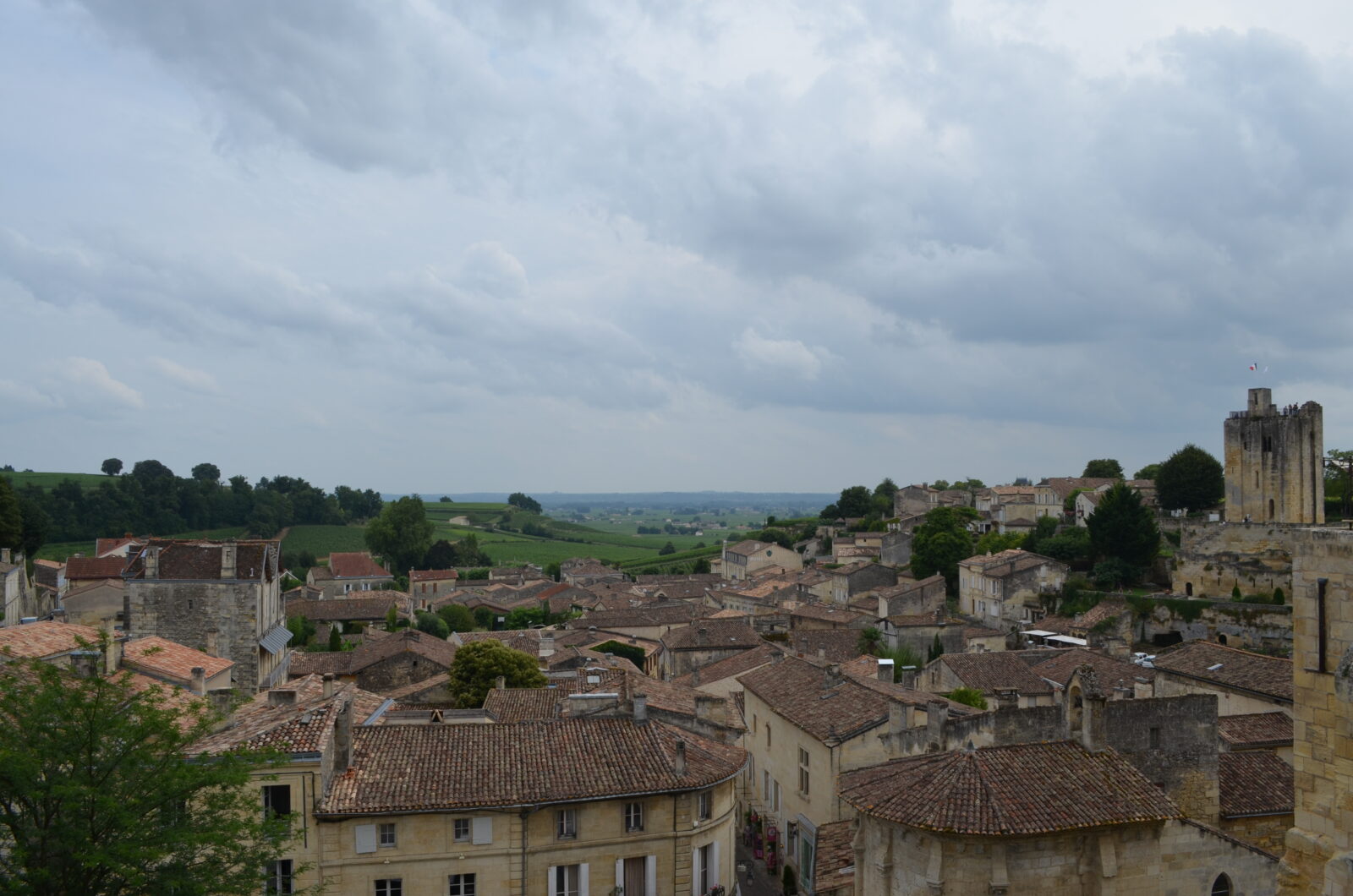
When the cat misbehaves, you punish the dog, right? In retaliation for European aviation subsidies, the U.S. recently imposed a 25 percent tariff on non-sparkling imported French, German and Spanish wines containing less than 14.1 percent alcohol. Additionally, in retaliation for a new French tariff on “digital services,” the U.S. is contemplating a 100 percent tariff on Champagne imports. Such is the logic of international diplomacy.
This has thrown the import wine market into turmoil. France and Spain will be hit the hardest, since a substantial proportion of their wine exports are to the U.S. An estimated 60 percent of French and Spanish wine imports, by value, are affected by the tariff.
- Importers are negotiating with wine producers to sort out how much consumers are willing to bear, and who will absorb the balance. Producers are anxious to avoid losing hard-earned market share to other regions. The end result will probably be a roughly 15 percent price increase on affected wines.
- Italian and Portuguese wines aren’t affected. British wines are, but when was the last time that you had a British wine? (Britain actually produces some decent sparkling wines these days, facilitated by global warming.)
- It’s unclear whether the tariff on Champagne will actually be imposed, but it won’t be before mid-January. This might be a good time to stock up for the New Year . . .
Many good French wines aren’t subject to the tariff. For example, our supplier in Bordeaux explained that about 90 percent of the Left Bank wines are below 14 percent and subject to the tariff. But, many Right Bank wines are above 14 percent, and thus no tariff. Guess what we ordered for the Wine Concepts annual Bordeaux buying frenzy??? (The picture above is the Right Bank town of St. Emilion).
- When searching for wines above the tariff threshold, wines from warmer regions typically have higher alcohol levels. That is because the grapes ripen more fully, producing higher sugar levels. During fermentation, yeasts convert sugar to alcohol – the more sugar that is available, the higher alcohol level.
- Warmer French wine regions include the Southern Rhône, Southwest France and Languedoc/ Roussillon.
- Various Spanish regions, including Rioja, produce red wines above the threshold.
- Because Germany has a cold climate, most of their wines will be subject to the tariff.
If the tariffs remain in effect, the games will begin. After careful consideration, producers will discover that wines they thought were slightly below will be relabeled 14.2 percent alcohol. In some cases, the producers may take steps to increase the alcohol level.
Our wine of the week is a 2010 Château Monbousquet Grand Cru Classé from Saint Emilion ($55 for the current vintage). The alcohol level is 14.5, so new imports won’t be subject to the tariff. It’s a blend of 60 percent Merlot, 30 percent Cabernet Franc and 10 percent Cabernet Sauvignon, and is aged two years in new oak. This wine has notes of subtle black fruit, spice and chocolate. It’s full-bodied, well balanced and has a medium finish. You'll want to decant it for an hour, both to allow it to open up, but also to manage the sediment. We really liked this wine - it was built to pair with a thick, juicy steak. For value wines, try Castillon Côtes de Bordeaux.
Cheers!
